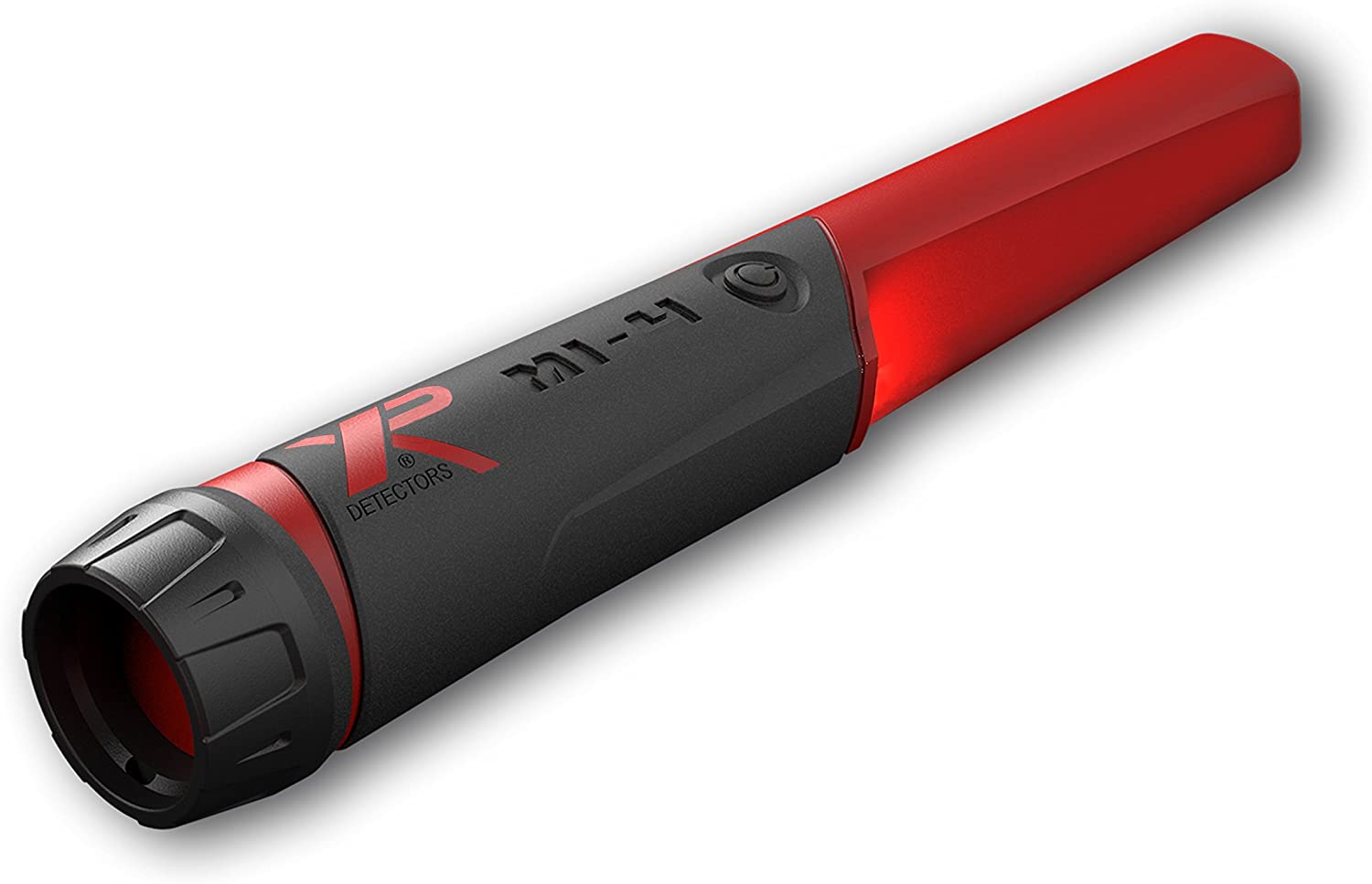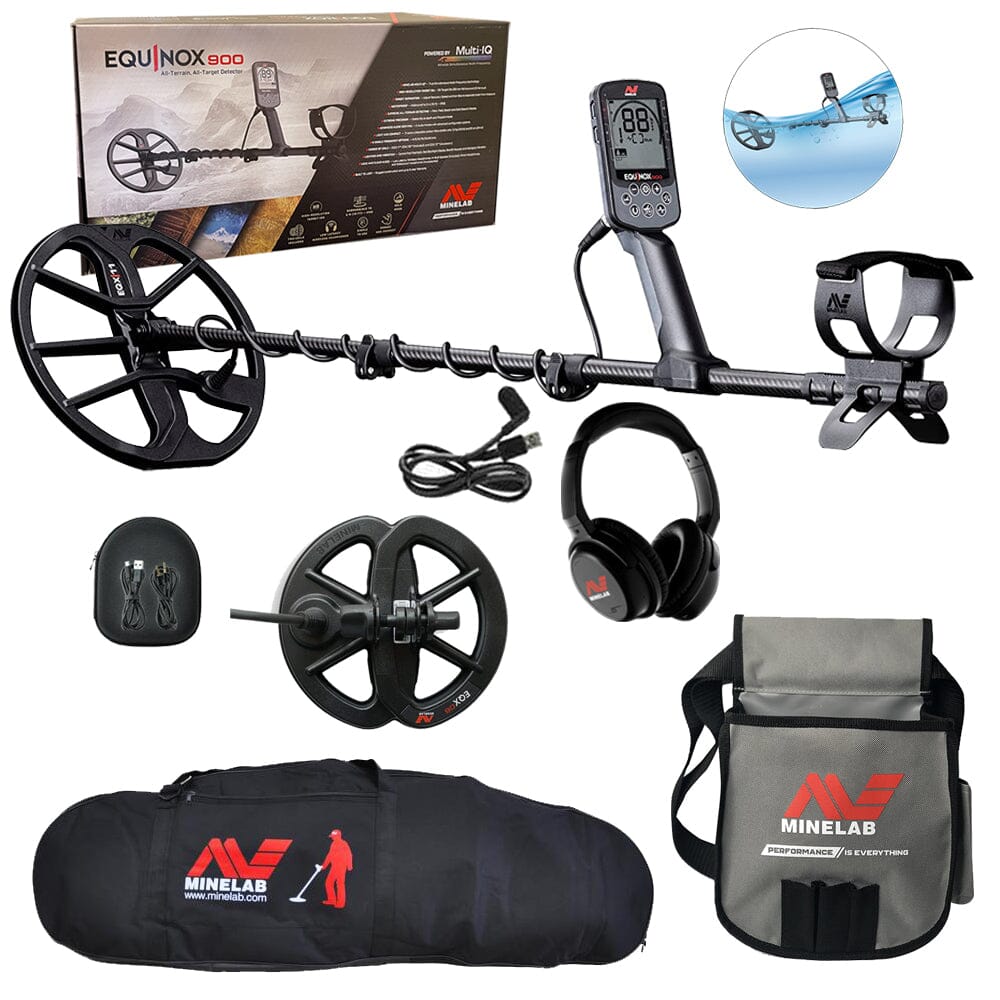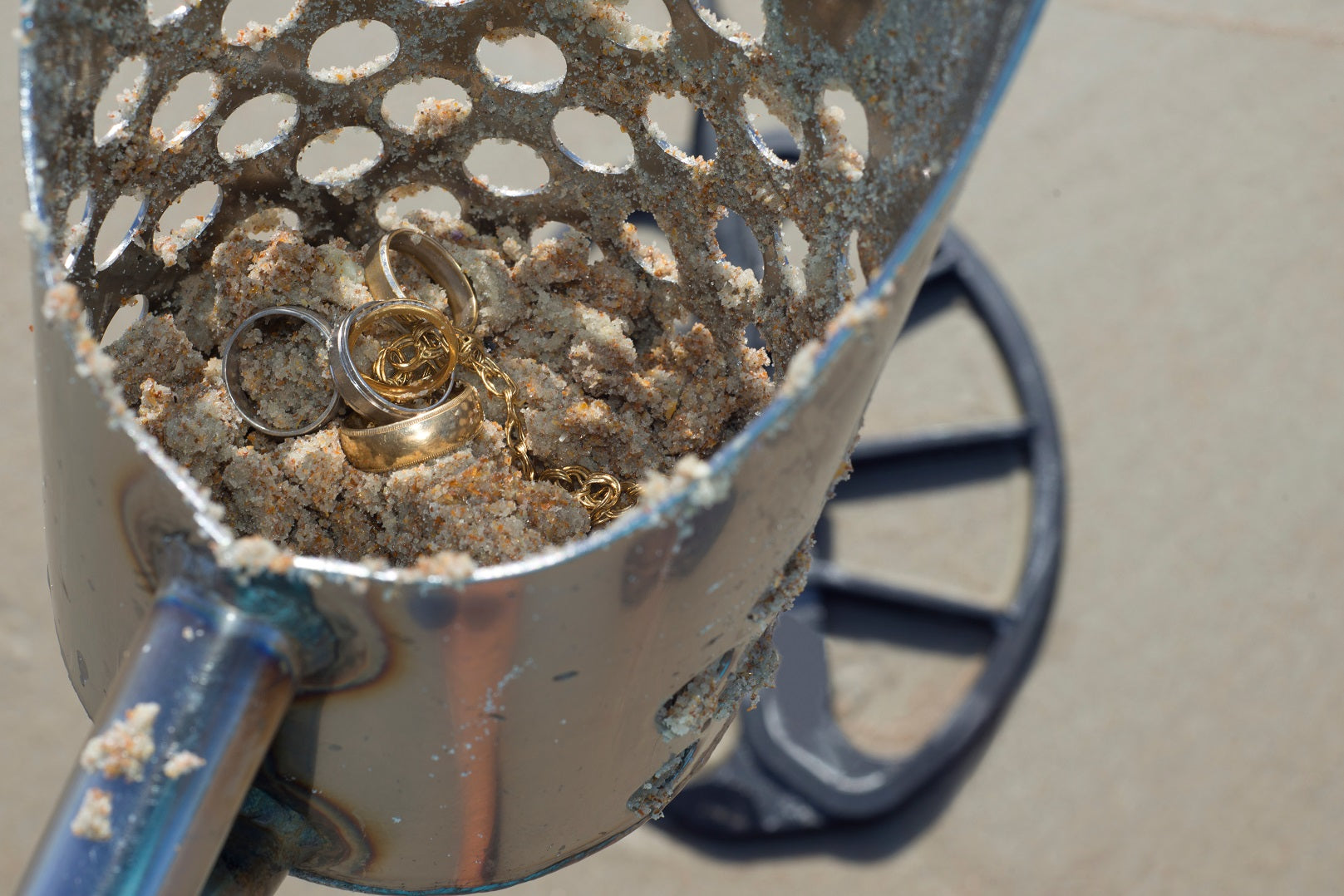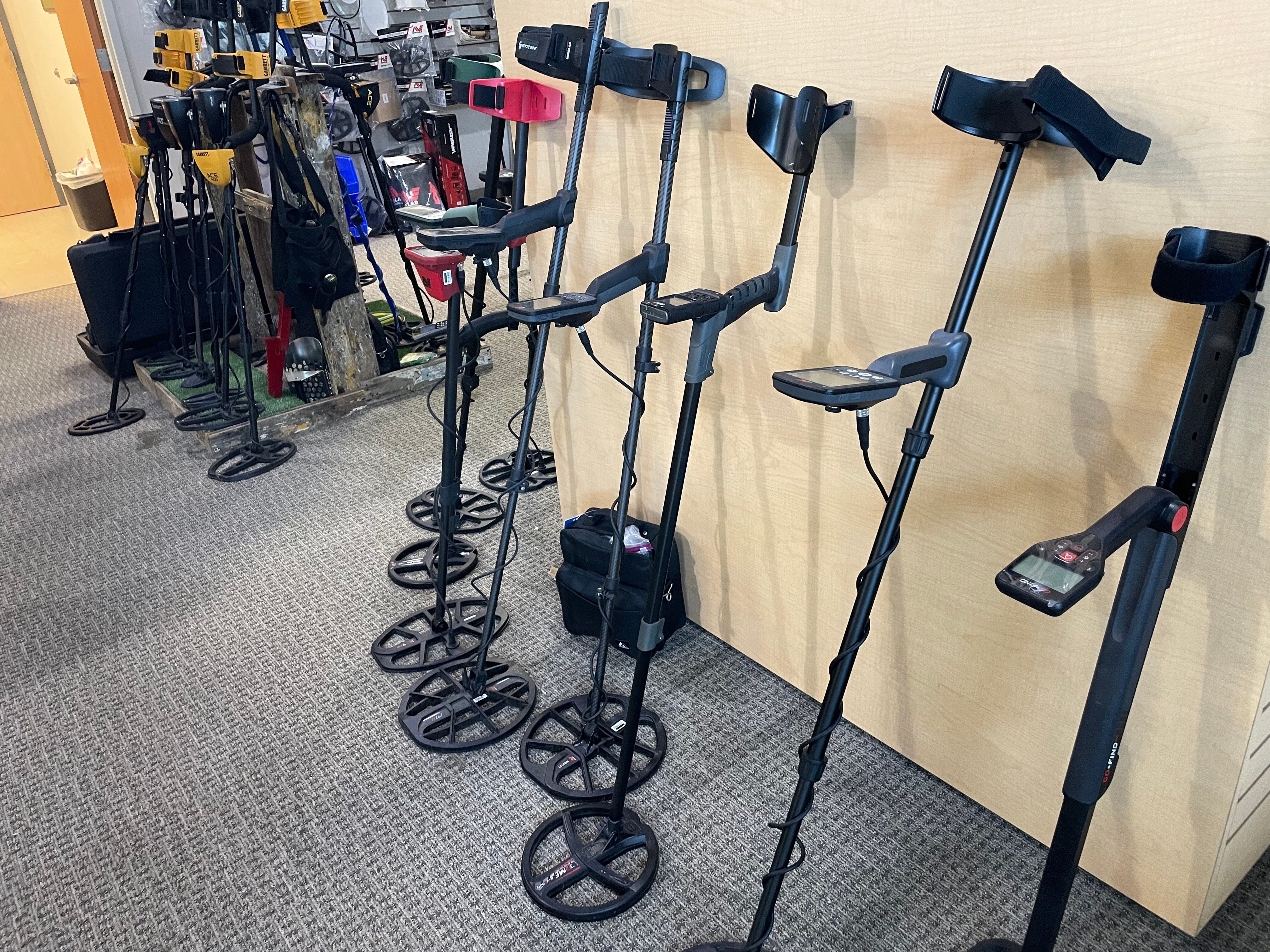Menu
Metal Detectors in The Military - Saving Lives Daily Around The Globe
In the spirit of trying to stay relevant and on topic, I was pondering how our sport of metal detecting ties into the support of our beloved veterans and active military. Then, Scrap Iron reminded me that metal detectors are used every day on the battlefield. So, I decided to dig a little deeper into the subject and the history of metal detector usage in the military.
First, a quick history of metal detectors:
First invented in 1874 by Gustav Trouve, a French electrical engineer, metal detectors were large and bulky. Their primary use originally was to find bullets and metal fragments in people. Alexander Graham Bell then used Trouve’s design to attempt to find the bullet lodged inside past president James Garfield…unsuccessfully (apparently the bed coils disrupted the metal detector). Gephard Fisher patented the first metal detector in 1928 and began the sport of metal detecting, where the Fisher name is still popular today in the hobby.
The first use of metal detectors in war was during World War II. A Polish Army engineer, Lieutenant Józef Kosacki, supposedly made the first portable metal detector in 1941. These detectors were made to be more portable. They had a long wand with a coil on the end, much like today’s metal detectors, but still required a heavy backpack to handle all the electronic components and batteries. Detectors like Kosacki’s were used all throughout the World War to find thousands of landmines saving who knows how many lives in the process.
Metal detectors have come a long way and have been used in almost every conflict since then. Several years ago, my younger brother was deployed to Afghanistan and used a model very similar to the Garrett ATX to search for I.E.Ds. He said they used in almost daily and credited it to saving many lives. Below is a picture of his unit searching for explosives with a metal detector.
Today’s metal detectors are much more compact and of higher quality than the ones first used in battle. Some even fit in the palm of your hand. Although, in the sport of metal detecting for a hobby, we get a great deal of pleasure using a detector to find coins, jewelry, relics, and gold, there are times where our tools of the trade serve a greater purpose.

Metal Detecting Mines is Not as Easy as it Sounds.
One would think that finding a landmine with a metal detector would be really easy due to the size of the object. But that isn't the case. Today's landmines are made with very little metal due to the use of plastics, explosives, and a firing mechanism made with metal. Additionally, imagine trying to find this tiny firing mechanism in a place where thousands of spent ammo cartridges are scattered about. No easy feat, I assure you.
It is estimated that there are over 100 million undiscovered landmines that need removal scattered across 38 countries. Demining these areas is a task that will likely take centuries to fully complete. Metal detectors are successfully being used around the globe for this daunting task. This is a task where there are no second chances if you step on a missed target.
Whether for use on the battlefield, football stadiums, or airports for security screening, it cannot be argued that metal detectors have likely saved hundreds of thousands of lives and will likely continue to do so long into the future.
Stay tuned to our blog for upcoming articles and episodes by following us on your favorite social media outlet to stay informed of releases:
YouTube: HighPlainsProspectors
Facebook: @highplainspropsectors
Instagram: #highplainsprospectors
Twitter: @HProspectors
Sources:
http://www.softschools.com/inventions/history/metal_detector_history/376/
https://en.wikipedia.org/wiki/Metal_detector
You Might Be Interested In
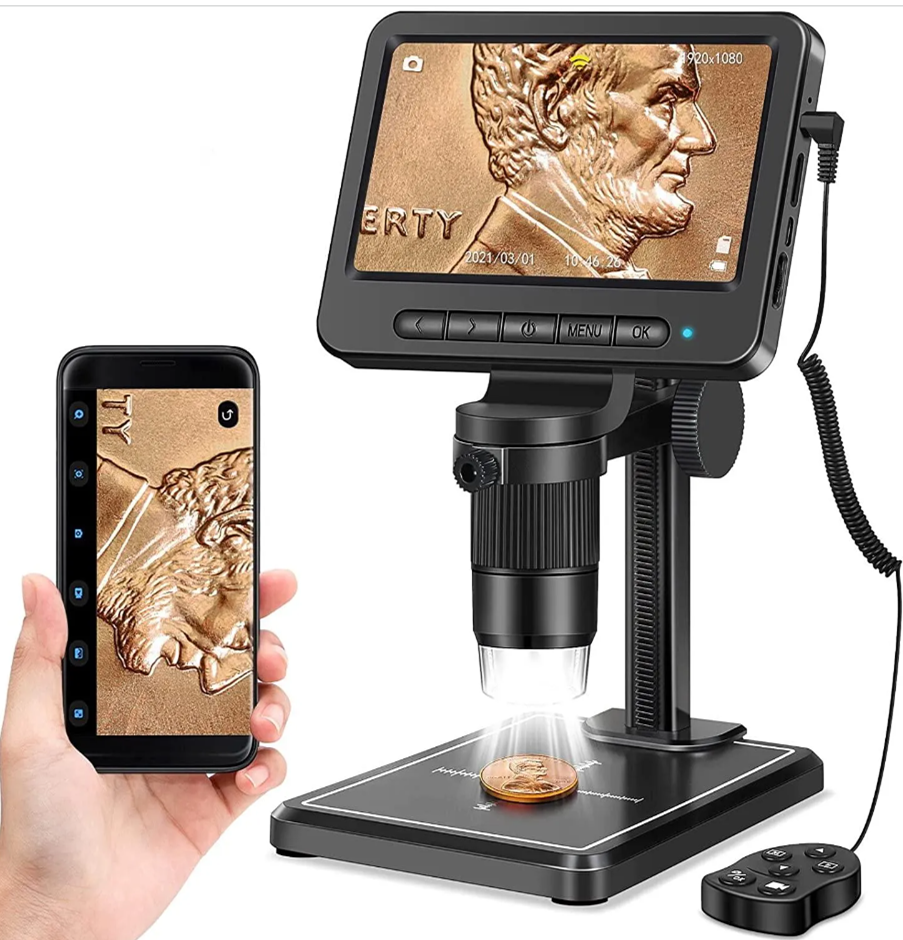
Coin & Relic Cleaning Supplies
Pair text with an image to focus on your chosen product, collection, or blog post. Add details on availability, style, or even provide a review.
- Choosing a selection results in a full page refresh.






